Home>Furniture & Design>Bathroom Accessories>Why Did My Philips Sonicare Toothbrush Stop Working
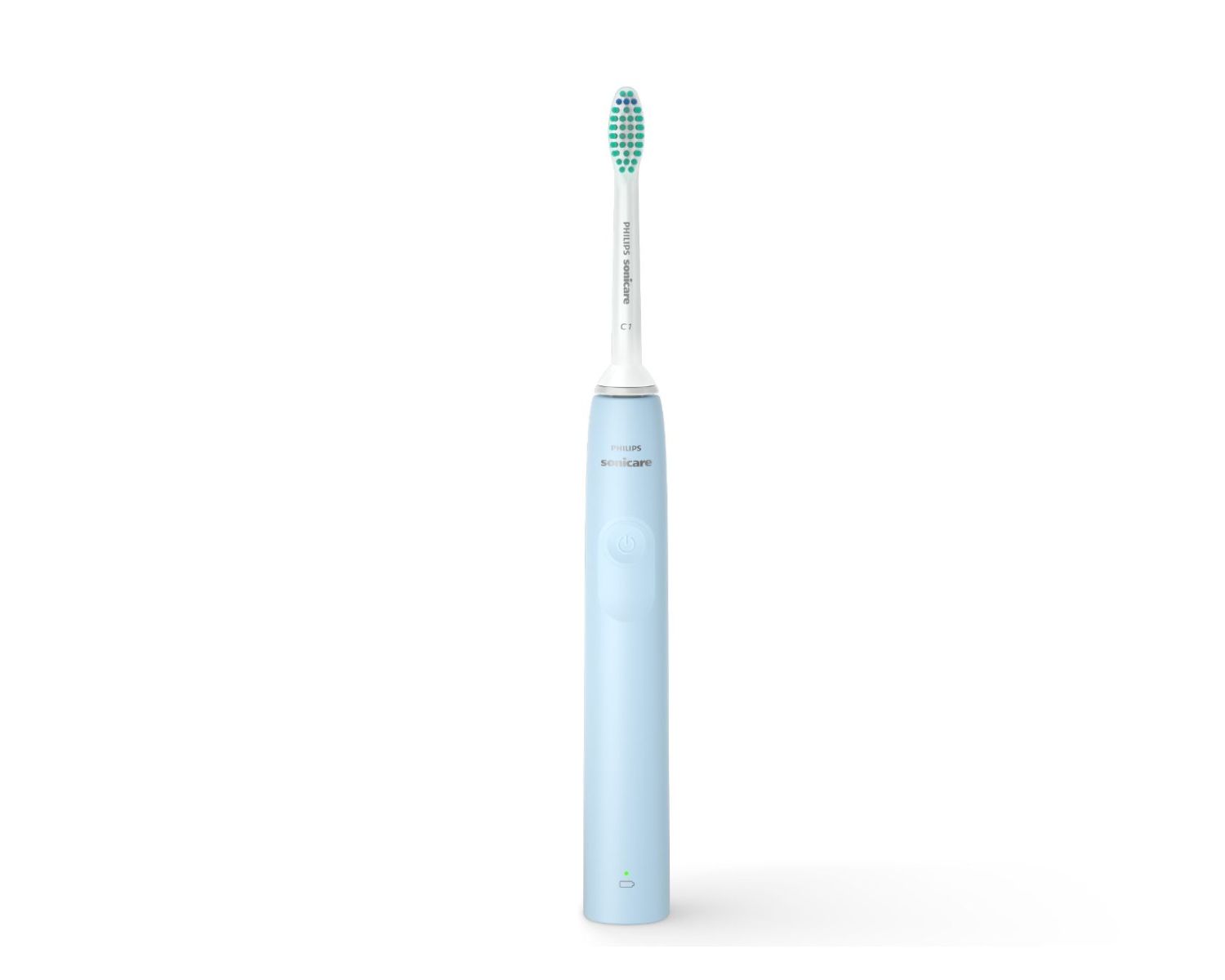

Bathroom Accessories
Why Did My Philips Sonicare Toothbrush Stop Working
Modified: March 2, 2024
Discover common reasons why your Philips Sonicare toothbrush may have stopped working. Find solutions and bathroom accessories to keep it running smoothly. Explore our range now!
(Many of the links in this article redirect to a specific reviewed product. Your purchase of these products through affiliate links helps to generate commission for Storables.com, at no extra cost. Learn more)
Introduction
When it comes to oral hygiene, electric toothbrushes have revolutionized the way we care for our teeth. The Philips Sonicare toothbrush, with its advanced technology and ergonomic design, has become a popular choice for individuals seeking a superior brushing experience. However, encountering issues with your Sonicare toothbrush, such as sudden malfunctions or operational hiccups, can be frustrating and perplexing. If you've found yourself pondering, "Why did my Philips Sonicare toothbrush stop working?" you're not alone.
In this article, we'll delve into the potential reasons behind your Sonicare toothbrush's malfunction, explore troubleshooting steps to address common issues, and provide guidance on reaching out to Philips customer support for further assistance. Whether you're a long-time Sonicare user or a newcomer to the world of electric toothbrushes, understanding the possible causes of your device's malfunction can help you regain its optimal functionality and continue enjoying the benefits of a thorough and efficient oral care routine.
From battery-related concerns to mechanical issues, a malfunctioning Sonicare toothbrush can disrupt your daily dental care regimen. By gaining insights into the factors that may contribute to these malfunctions, you'll be better equipped to identify and resolve the issue, ensuring that your Sonicare toothbrush remains a reliable companion in your oral health journey.
Let's embark on a journey to uncover the mysteries behind your Sonicare toothbrush's sudden halt and equip ourselves with the knowledge needed to restore its functionality. Whether it's a minor hiccup or a more complex issue, understanding the potential causes and solutions will empower you to navigate through this dental dilemma with confidence. So, let's roll up our sleeves and dive into the world of troubleshooting and problem-solving to unravel the enigma of your Philips Sonicare toothbrush's unexpected malfunction.
Key Takeaways:
- Keep your Philips Sonicare toothbrush working by checking the battery, charging, and mechanical components. Replace worn-out brush heads and seek professional help for water damage or software glitches.
- If your Sonicare toothbrush malfunctions, troubleshoot by checking the battery, charging, and mechanical parts. Reach out to Philips customer support for expert assistance and tailored solutions.
Read more: Why Did My Electric Toothbrush Stop Working
Possible Reasons for Malfunction
-
Battery Depletion: One of the most common reasons for a Philips Sonicare toothbrush to stop working is battery depletion. Over time, the battery's capacity may diminish, leading to a noticeable decrease in the toothbrush's operational duration between charges. If the toothbrush fails to turn on or exhibits intermittent functionality, the battery may require replacement.
-
Charging Issues: In some cases, the toothbrush may not be charging properly, resulting in a depleted battery despite being connected to the charger. This can occur due to a faulty charging base, damaged charging cable, or issues with the toothbrush's internal charging components.
-
Mechanical Malfunctions: The Sonicare toothbrush comprises intricate mechanical components that drive its brushing action. Mechanical malfunctions, such as a broken or misaligned internal mechanism, can impede the toothbrush's ability to function as intended. This can manifest as unusual noises, erratic vibrations, or a complete cessation of the brushing motion.
-
Water Damage: Exposure to excessive moisture or submersion in water can compromise the internal circuitry and components of the toothbrush, leading to operational issues. Water damage may result from improper handling, accidental immersion, or prolonged exposure to humid environments.
-
Worn-out Brush Head: Over time, the brush head of the Sonicare toothbrush undergoes wear and tear due to regular use. A worn-out brush head may not effectively transmit the brushing motion to the teeth, resulting in reduced cleaning efficacy and a perception of the toothbrush not working optimally.
-
Software Glitches: Some Sonicare models feature advanced technology and customizable settings, which are governed by internal software. Software glitches or firmware issues can disrupt the toothbrush's normal operation, causing it to behave unpredictably or cease functioning altogether.
-
Physical Damage: Accidental drops or impacts can inflict physical damage on the toothbrush, affecting its internal components and structural integrity. Cracks, fractures, or dislodged parts can impede the toothbrush's functionality and necessitate repairs or replacement.
Understanding these potential reasons for malfunction can provide valuable insights into diagnosing and addressing issues with your Philips Sonicare toothbrush. By recognizing the underlying causes, you can take proactive steps to troubleshoot and resolve the malfunction, restoring your toothbrush to its optimal working condition.
If your Philips Sonicare toothbrush stops working, try replacing the battery or charging it for at least 24 hours. If that doesn’t work, contact Philips customer support for further assistance.
Troubleshooting Steps
Addressing a malfunctioning Philips Sonicare toothbrush involves a systematic approach to identify and rectify the underlying issue. By following these troubleshooting steps, you can navigate through common problems and potentially restore your toothbrush to its optimal functionality.
-
Battery Check: Begin by ensuring that the toothbrush is adequately charged. Connect the toothbrush to the charger and verify that the charging indicator light illuminates, indicating a successful connection. If the light fails to turn on, try using a different charging base or power outlet to rule out charging-related issues.
-
Battery Replacement: If the toothbrush exhibits signs of battery depletion, such as diminished operational duration or failure to power on, consider replacing the battery. Contact Philips customer support or refer to the product manual for guidance on obtaining a compatible replacement battery and instructions for safe installation.
-
Charging Troubleshooting: If the toothbrush appears to have charging issues, inspect the charging base, cable, and toothbrush connectors for any damage or debris accumulation. Clean the charging contacts on both the toothbrush and the base using a dry, soft cloth to ensure a secure connection during charging.
-
Mechanical Inspection: Carefully examine the toothbrush for any visible signs of mechanical damage or misalignment. Gently rotate the brush head to check for smooth movement and listen for any unusual noises during operation. If mechanical issues are suspected, refrain from using the toothbrush and seek professional assistance to avoid exacerbating the problem.
-
Water Damage Assessment: If the toothbrush has been exposed to moisture or submerged in water, discontinue use immediately and allow the device to dry thoroughly. Avoid attempting to power on the toothbrush until you are certain that it is completely dry. Contact Philips customer support for guidance on assessing and addressing potential water damage.
-
Brush Head Replacement: If the brush head shows signs of wear or damage, such as frayed bristles or reduced brushing efficacy, replace it with a new, compatible brush head. Proper maintenance of the brush head is essential for ensuring effective plaque removal and overall oral hygiene.
-
Software Reset: For toothbrushes equipped with customizable settings or advanced features, consider performing a software reset as per the manufacturer's instructions. This can help resolve software-related glitches and restore the toothbrush to its default operational state.
By methodically addressing these troubleshooting steps, you can gain valuable insights into the potential causes of your Sonicare toothbrush's malfunction and take proactive measures to resolve the issue. If the problem persists despite your efforts, reaching out to Philips customer support for expert guidance and assistance can further aid in diagnosing and rectifying the issue, ensuring that your Sonicare toothbrush continues to be a reliable companion in your oral care routine.
Contacting Philips Customer Support
In the event that troubleshooting steps fail to resolve the malfunction of your Philips Sonicare toothbrush, reaching out to Philips customer support can provide invaluable assistance in diagnosing and addressing the underlying issue. Philips is committed to ensuring the satisfaction of its customers and offers dedicated support channels to facilitate prompt resolution of product-related concerns.
When contacting Philips customer support, it is advisable to have the following information readily available:
-
Product Details: Provide the specific model and serial number of your Sonicare toothbrush, which can typically be found on the handle or packaging. This information helps the support team identify the exact product configuration and provide tailored assistance.
-
Description of the Issue: Clearly articulate the symptoms and behaviors exhibited by the toothbrush, such as failure to power on, unusual noises, or charging-related issues. Providing a detailed description of the problem can aid the support team in formulating an accurate diagnosis.
-
Troubleshooting Steps Taken: Briefly outline the troubleshooting measures you have already undertaken, including battery checks, charging troubleshooting, mechanical inspections, and any other relevant actions. This conveys your proactive approach and prevents redundant troubleshooting suggestions.
Philips offers multiple avenues for customers to seek support, including:
-
Online Support Portal: The official Philips website features a comprehensive support section where users can access troubleshooting guides, product manuals, and frequently asked questions. Additionally, the portal may offer live chat support or community forums where users can seek advice from fellow Sonicare owners.
-
Customer Service Hotline: Philips provides a dedicated customer service hotline staffed by knowledgeable representatives who can provide personalized assistance for product-related inquiries and issues. When contacting the hotline, be prepared to provide the aforementioned product details and a clear description of the problem.
-
Authorized Service Centers: In cases where physical inspection or repairs are necessary, Philips may direct customers to authorized service centers equipped to handle maintenance and technical support for Sonicare toothbrushes.
By engaging with Philips customer support, you can benefit from expert guidance, tailored solutions, and access to authorized service resources, ensuring that your Sonicare toothbrush receives the attention it requires to regain optimal functionality. The support team is equipped to address a wide range of concerns, from battery replacements and charging issues to mechanical malfunctions and software-related glitches.
Remember, the goal of contacting Philips customer support is to leverage their expertise and resources to swiftly resolve the issue with your Sonicare toothbrush, allowing you to resume your oral care routine with confidence and peace of mind. Whether it's a simple resolution or a more complex technical intervention, Philips is dedicated to delivering exceptional support to enhance your product experience.
Frequently Asked Questions about Why Did My Philips Sonicare Toothbrush Stop Working
Was this page helpful?
At Storables.com, we guarantee accurate and reliable information. Our content, validated by Expert Board Contributors, is crafted following stringent Editorial Policies. We're committed to providing you with well-researched, expert-backed insights for all your informational needs.
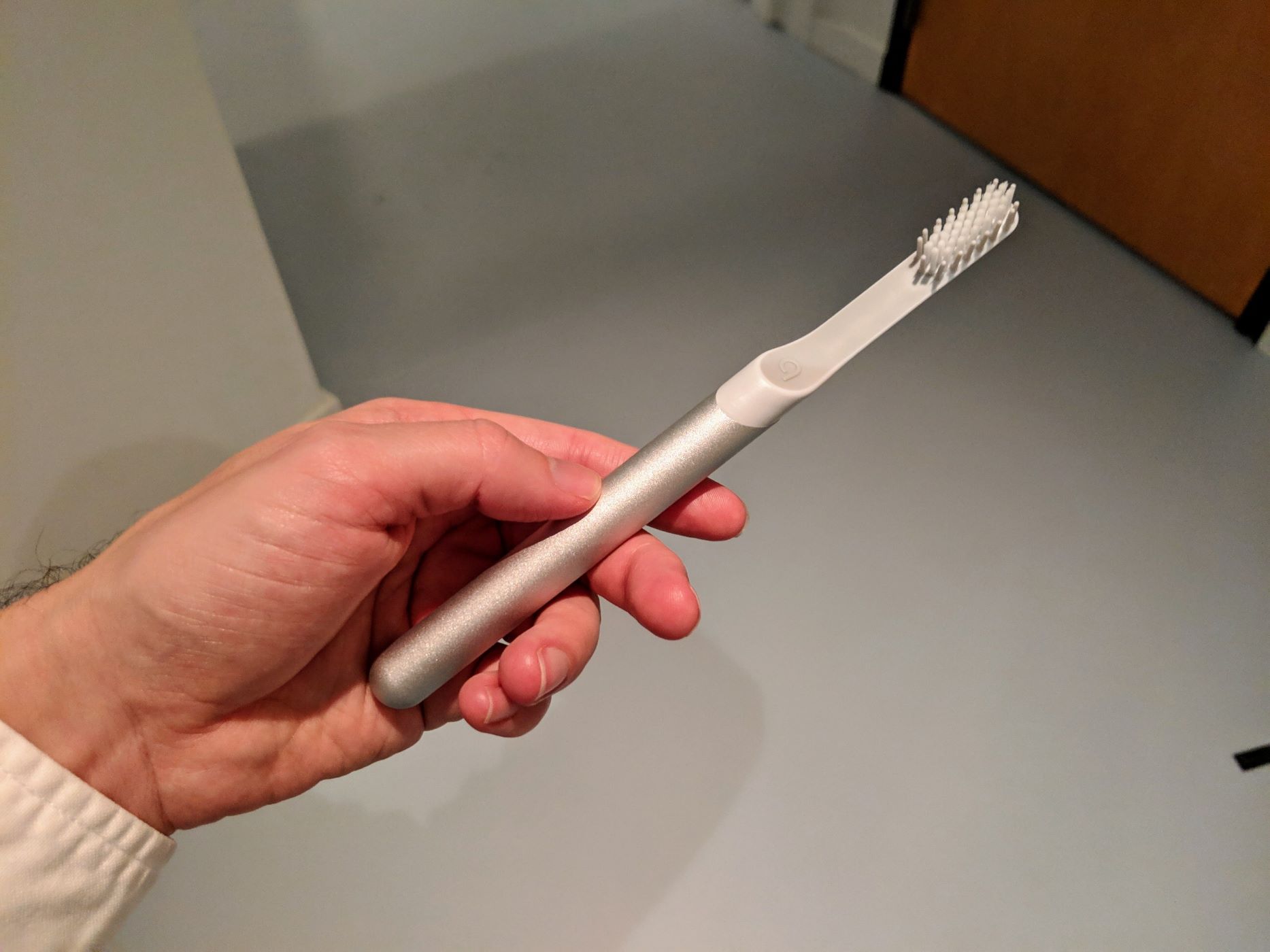
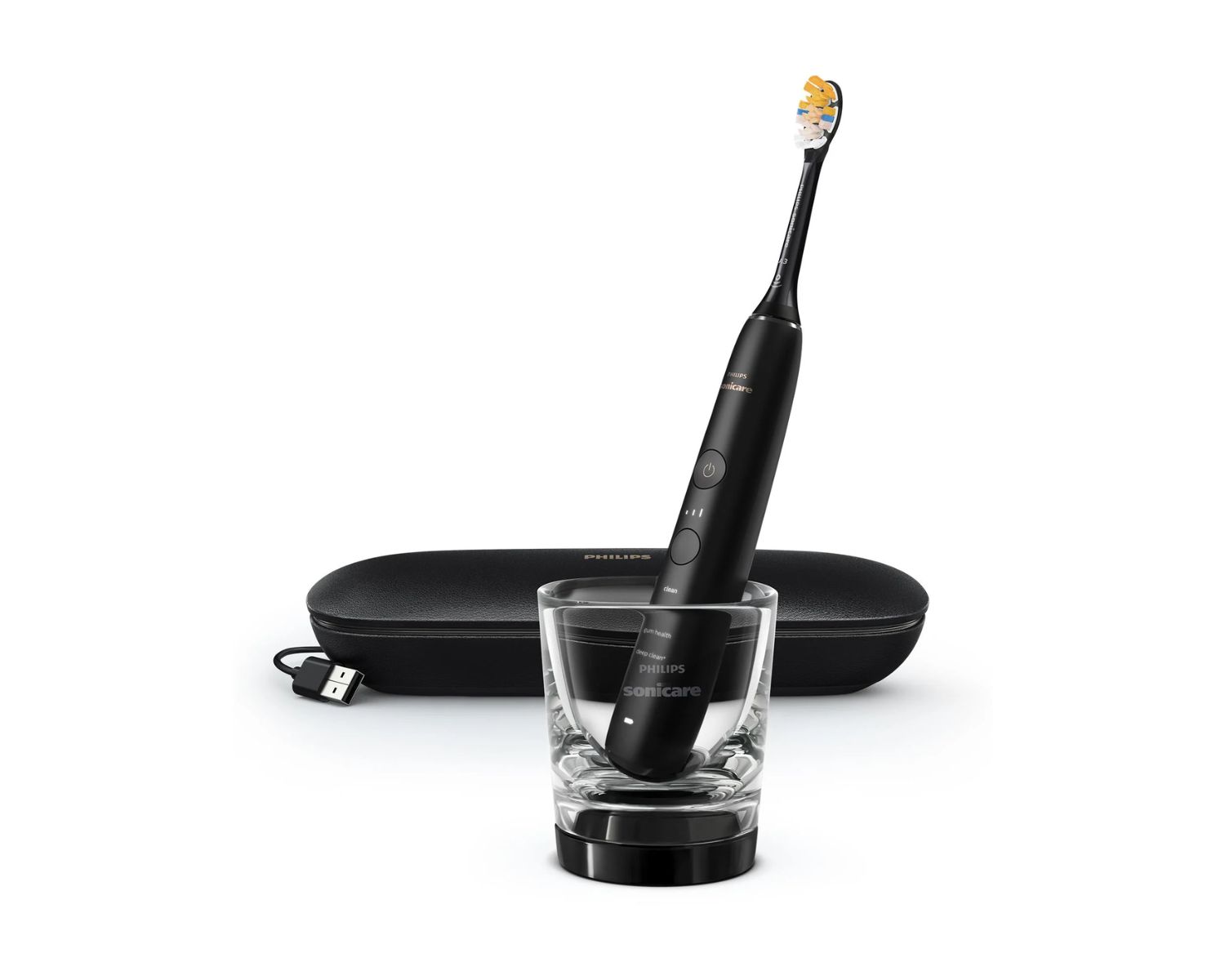
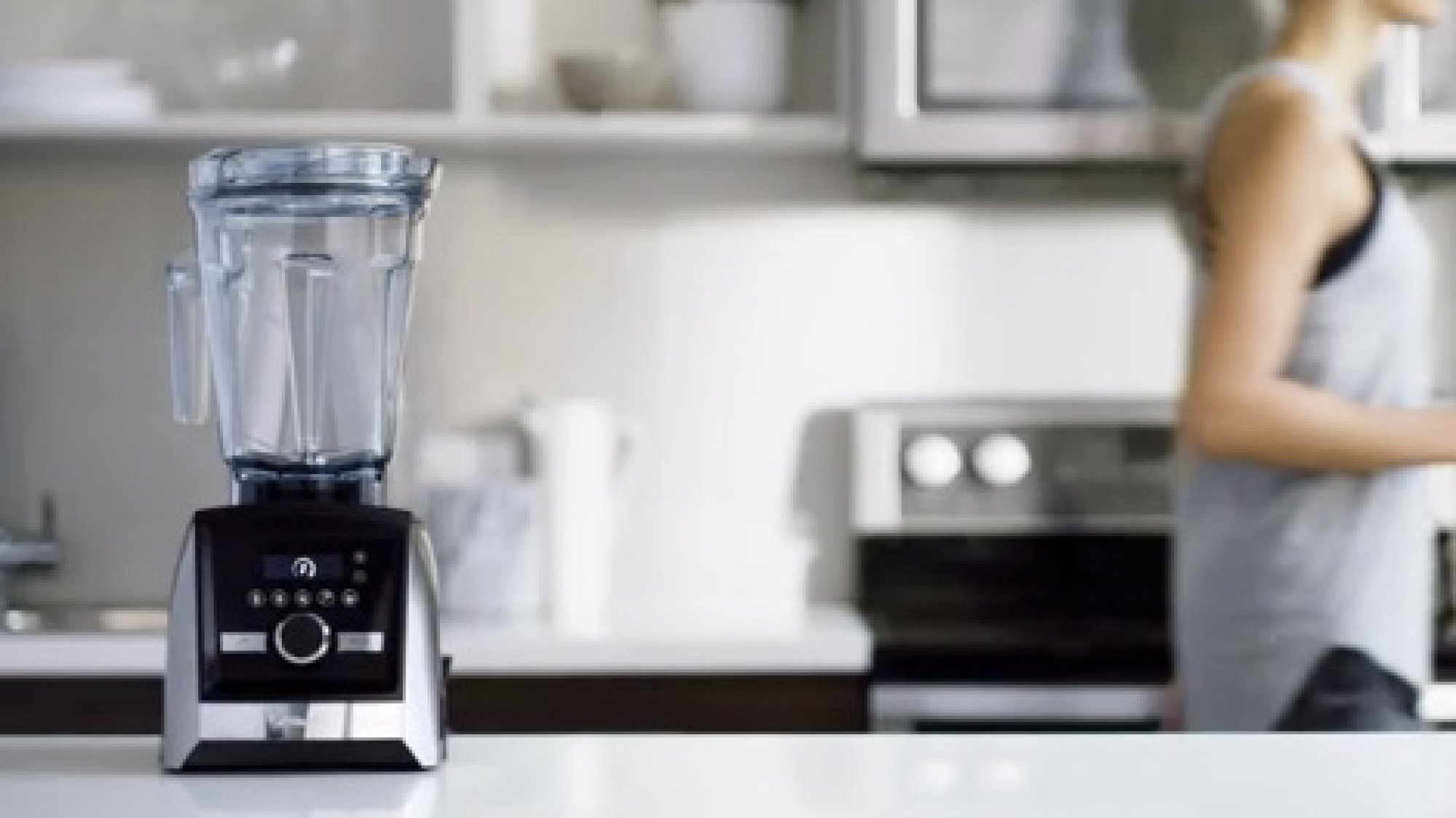
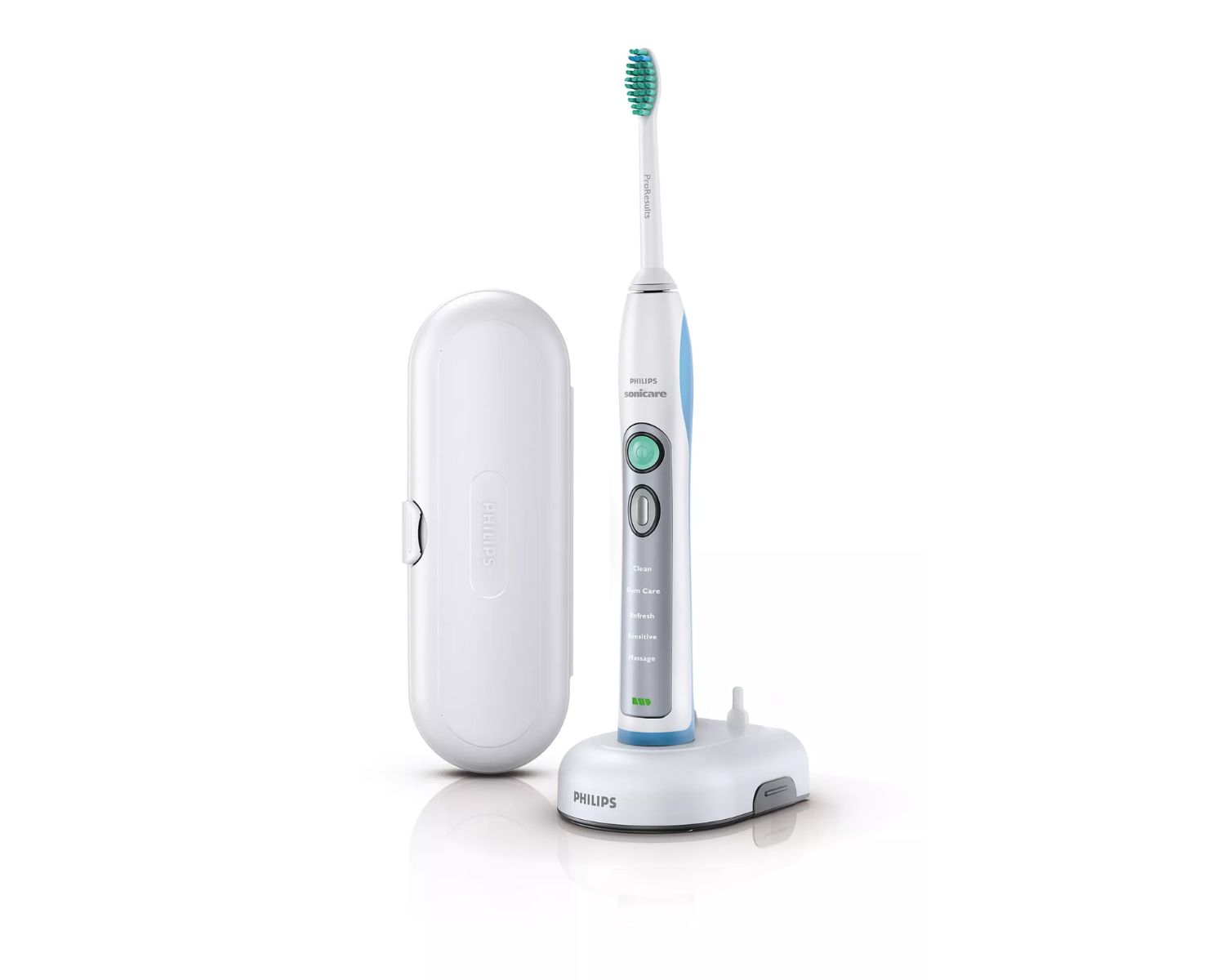
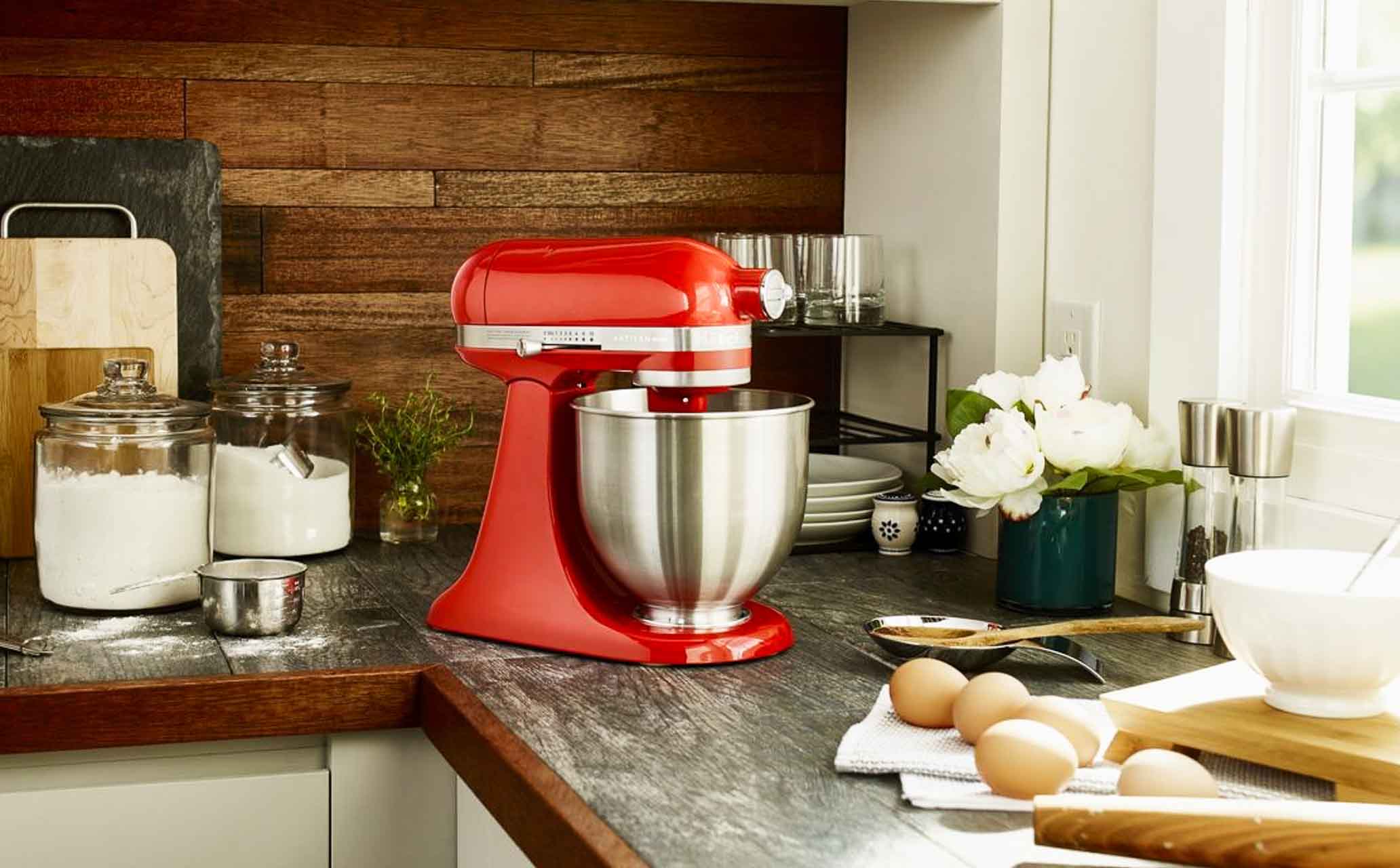
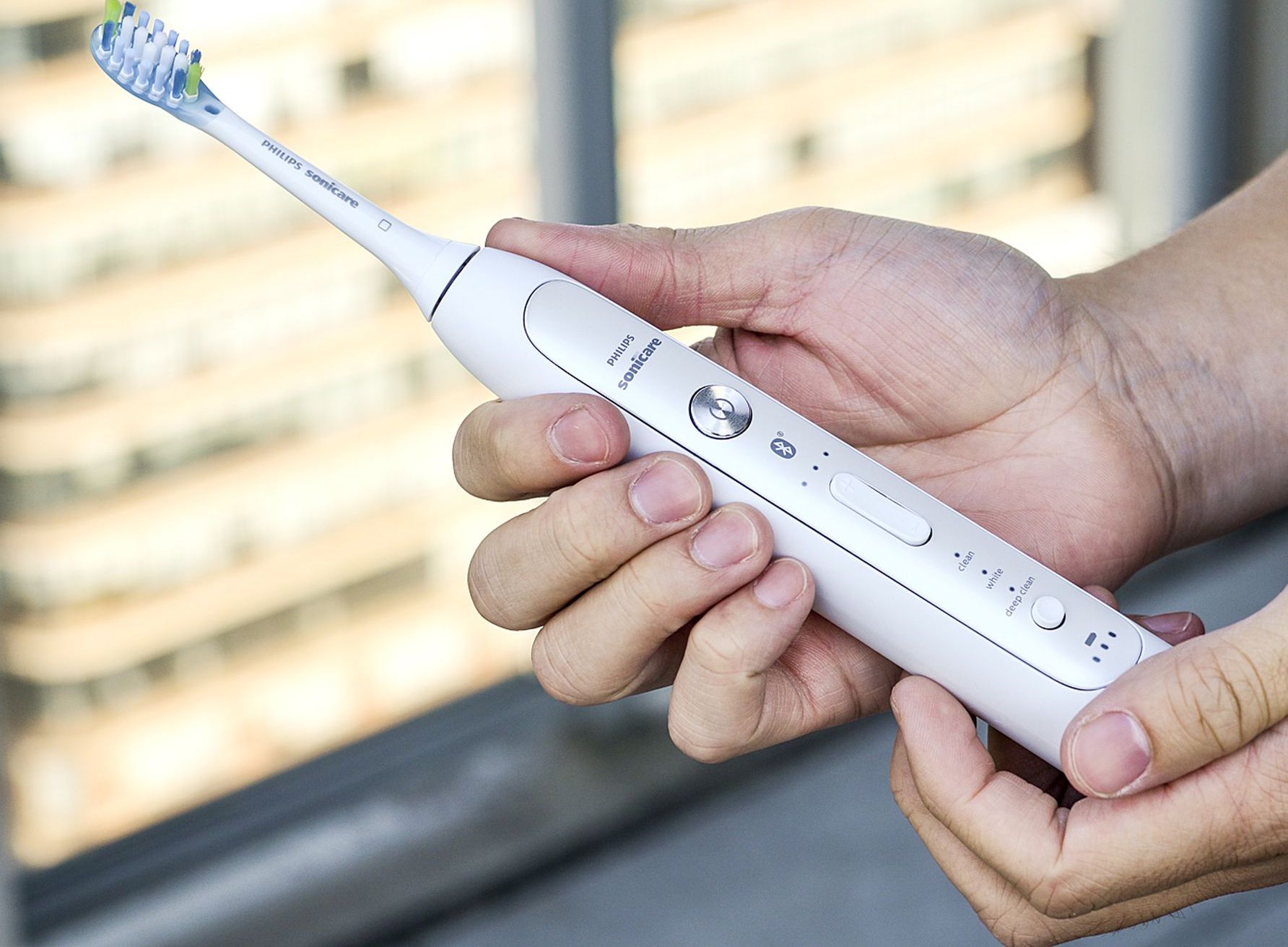
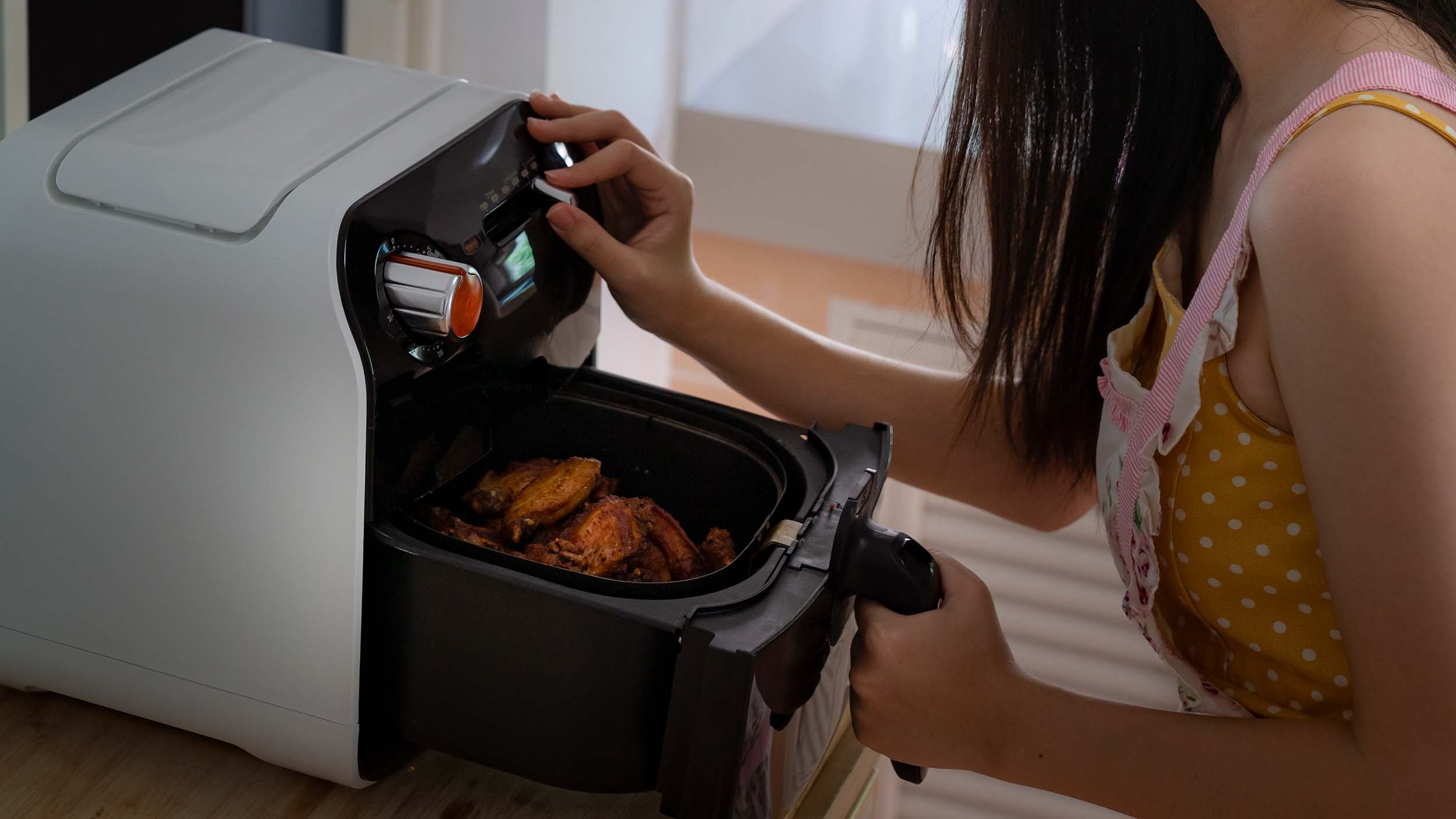
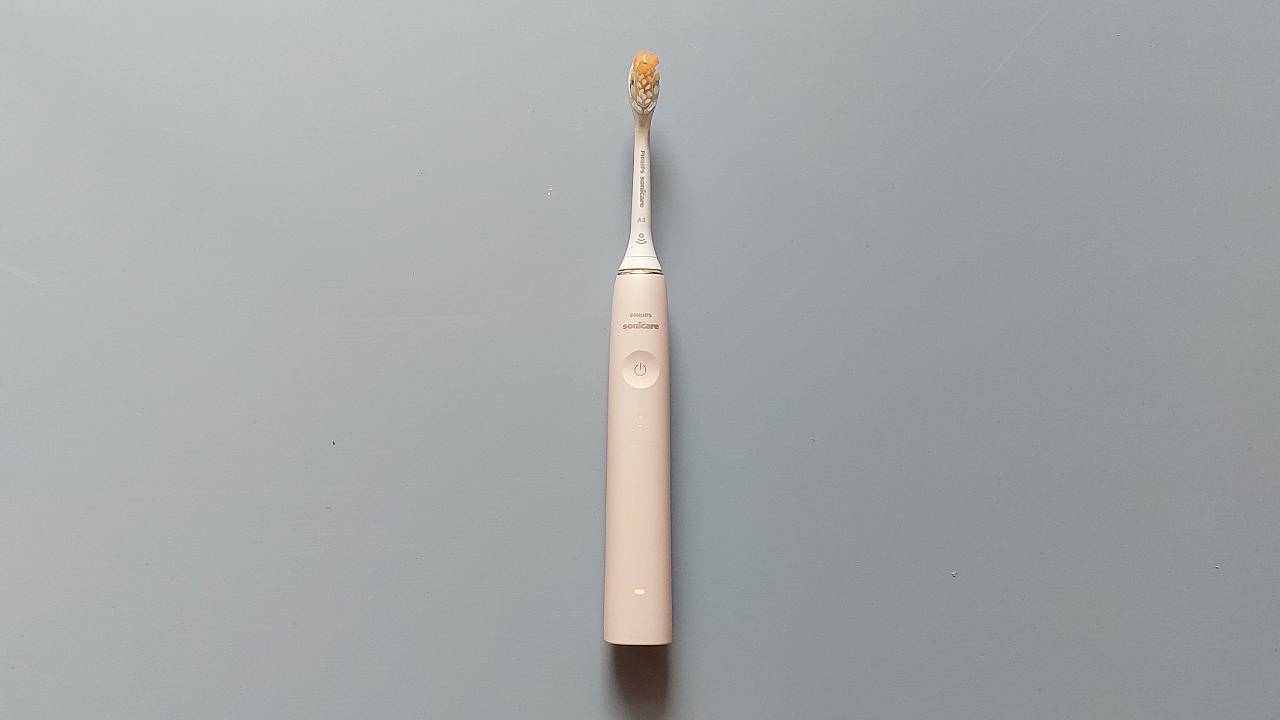
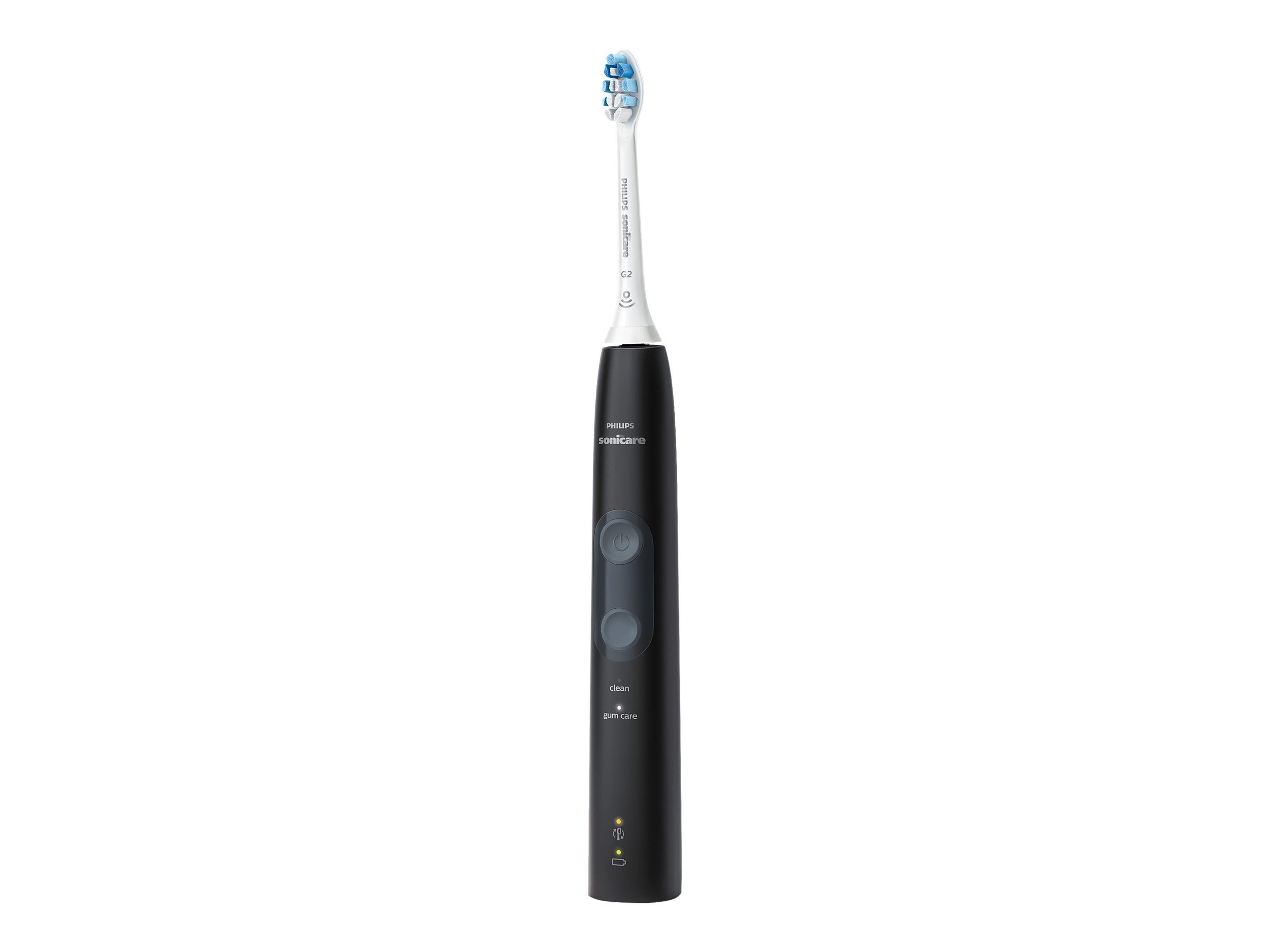

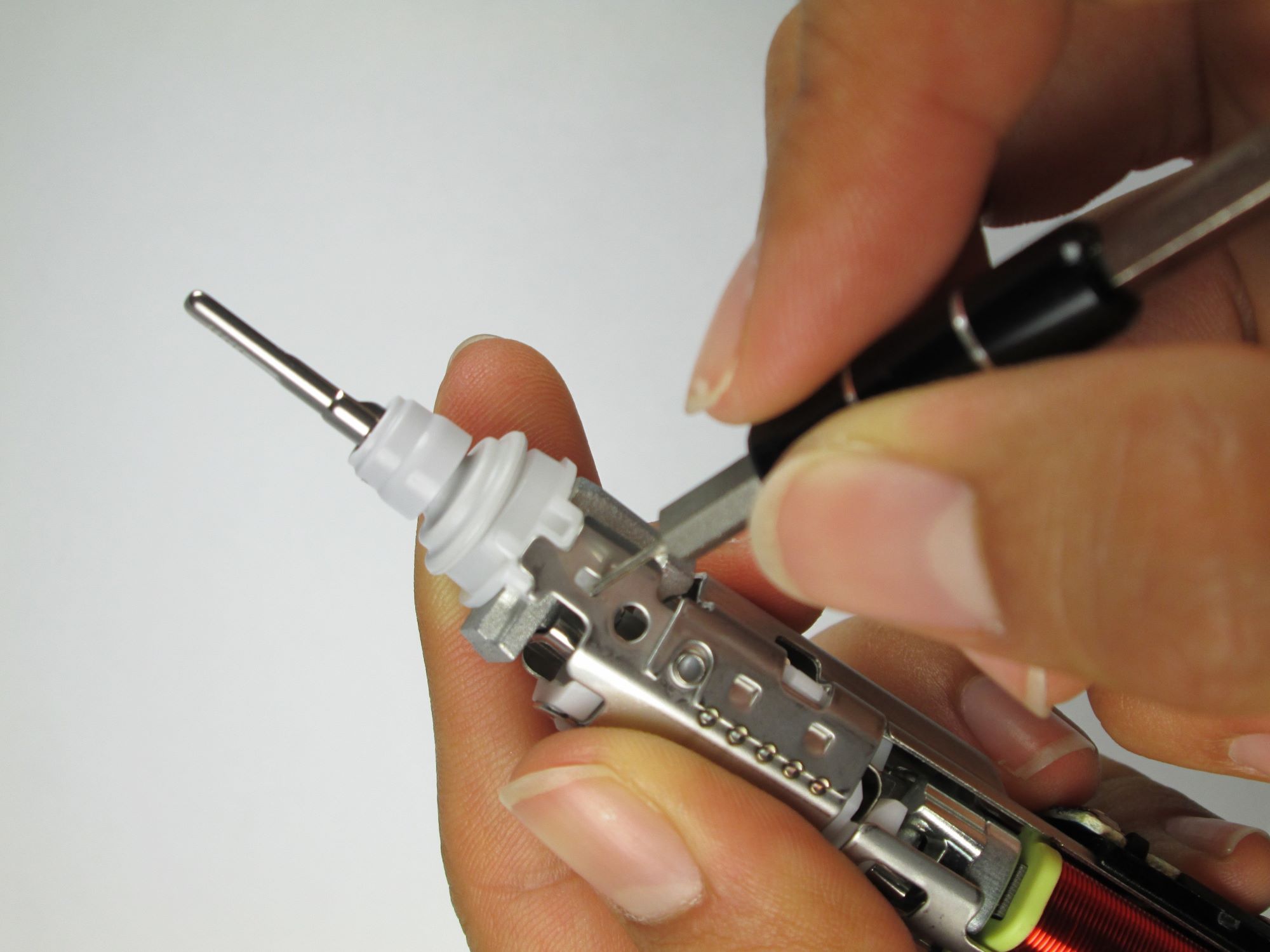
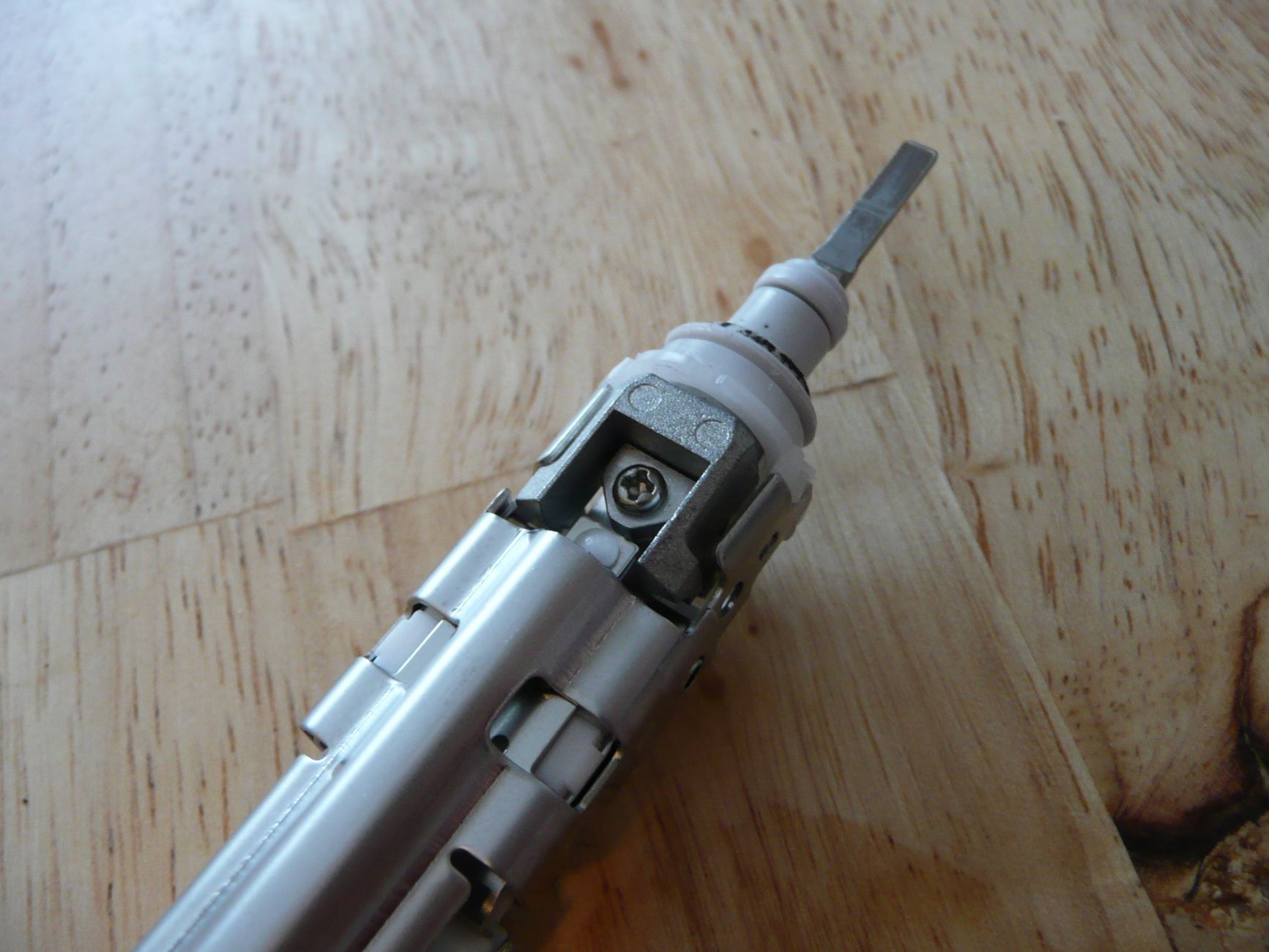
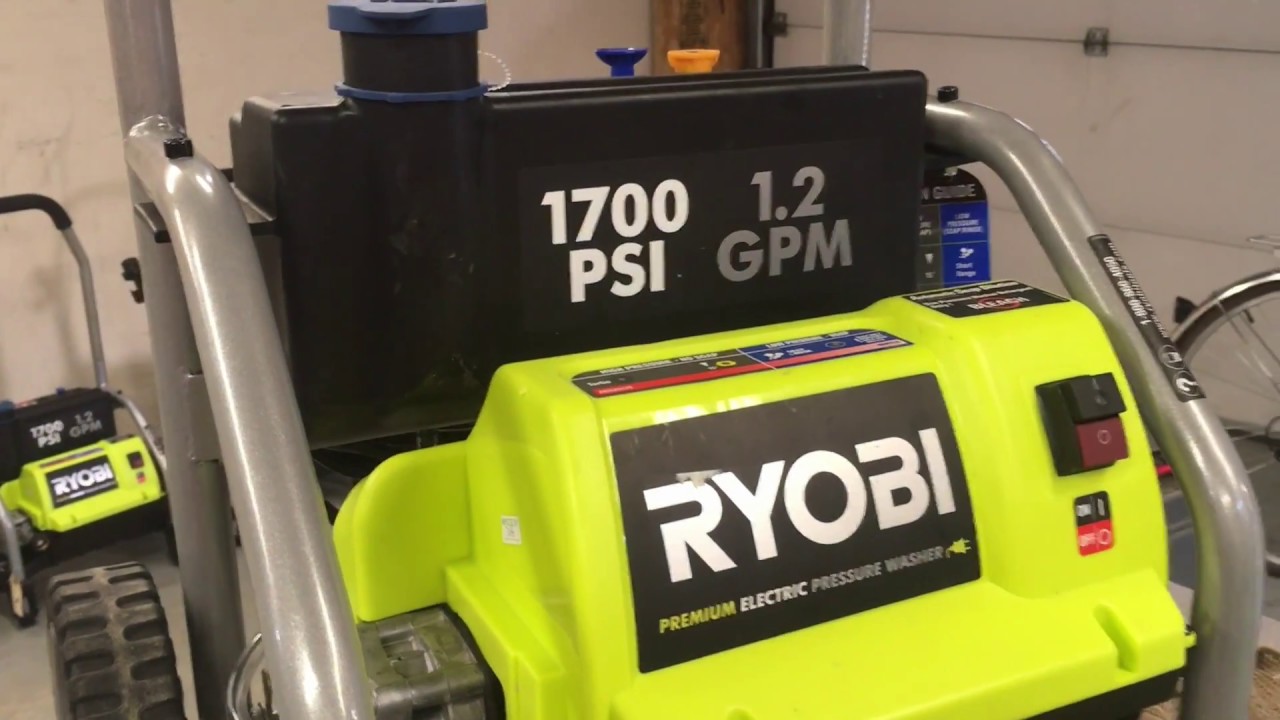
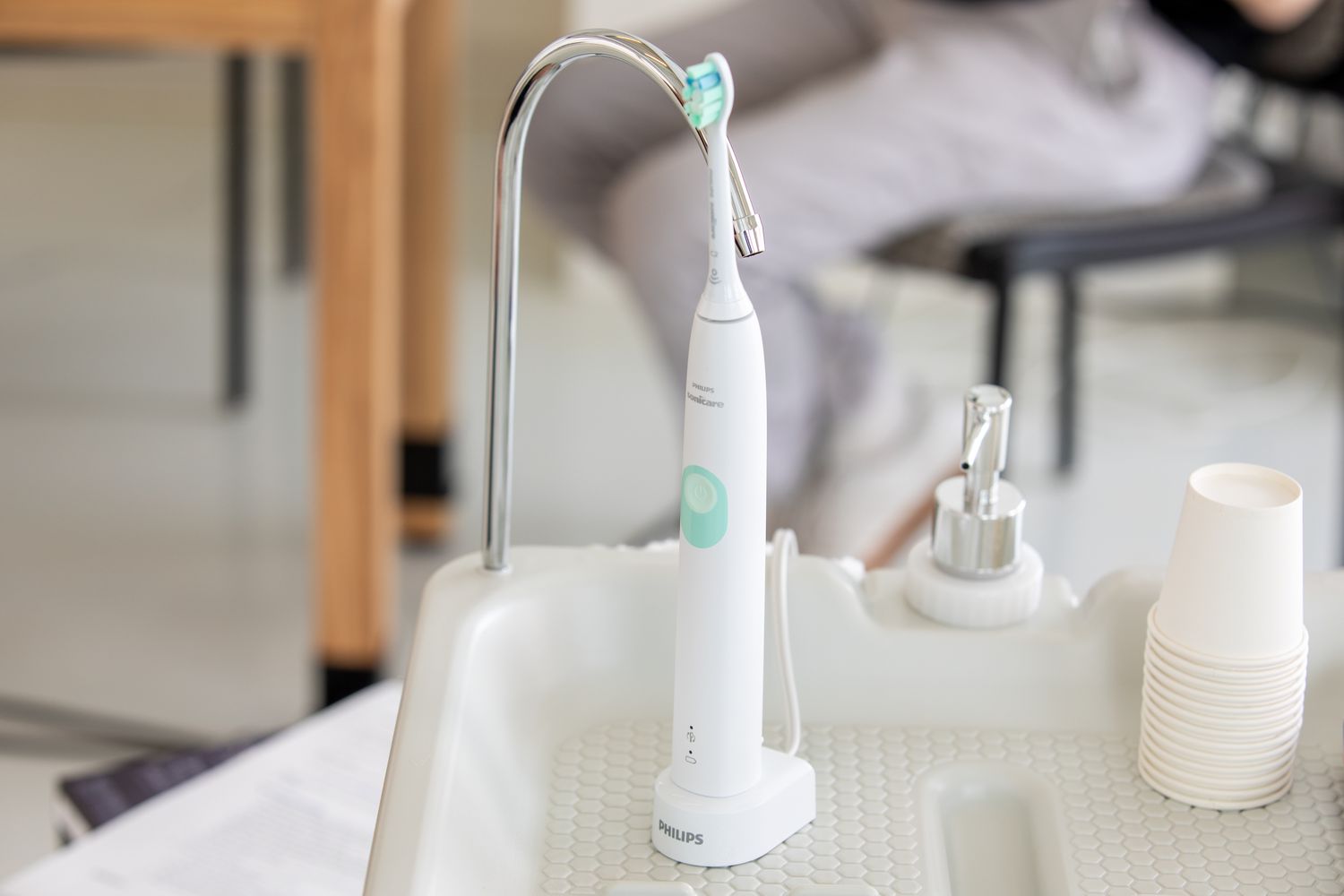
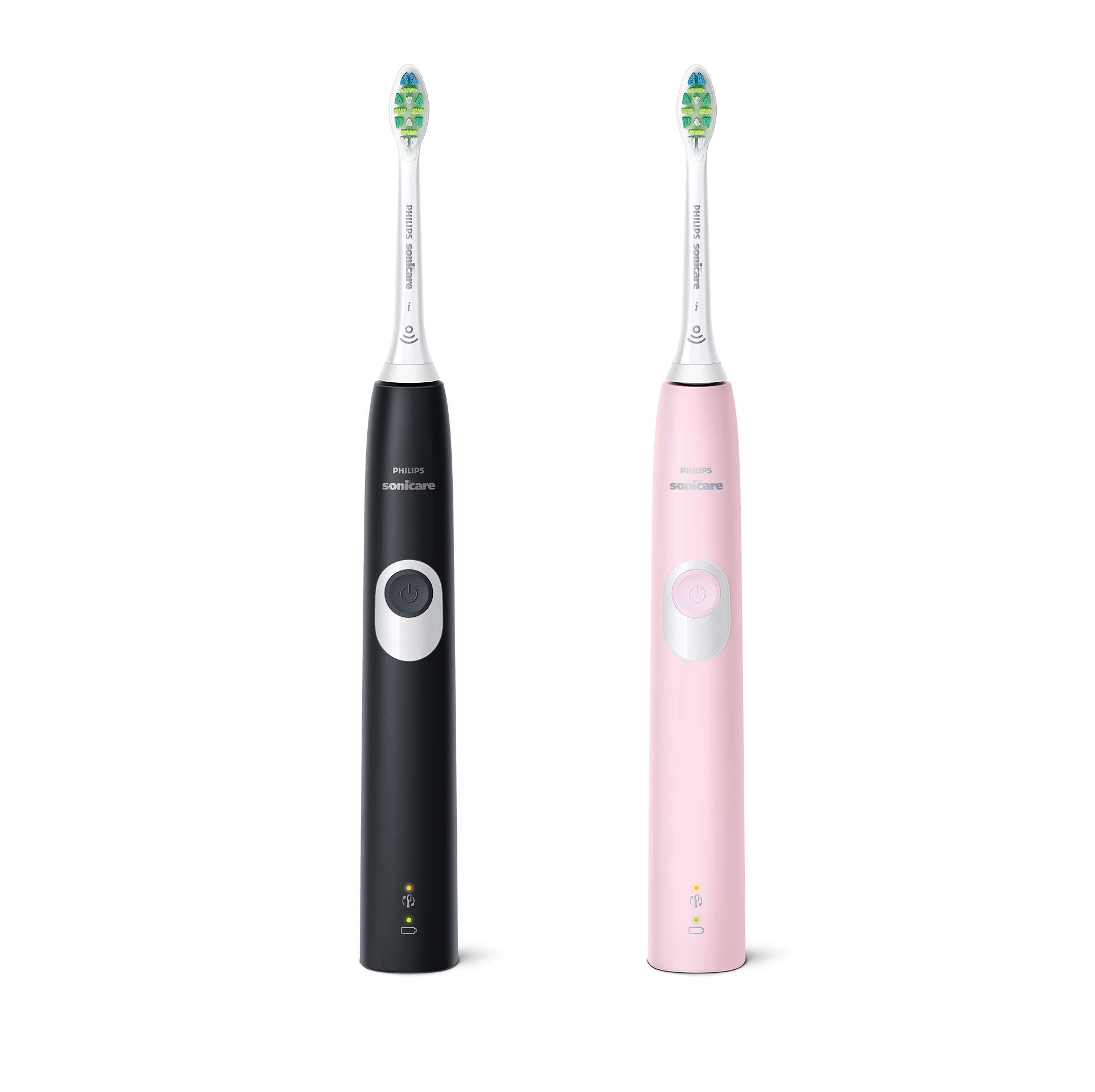

0 thoughts on “Why Did My Philips Sonicare Toothbrush Stop Working”